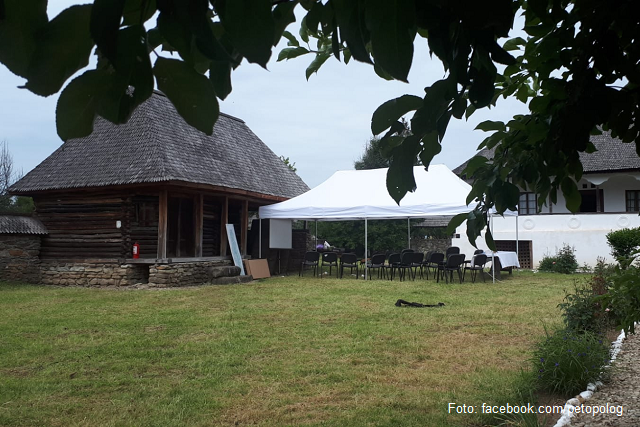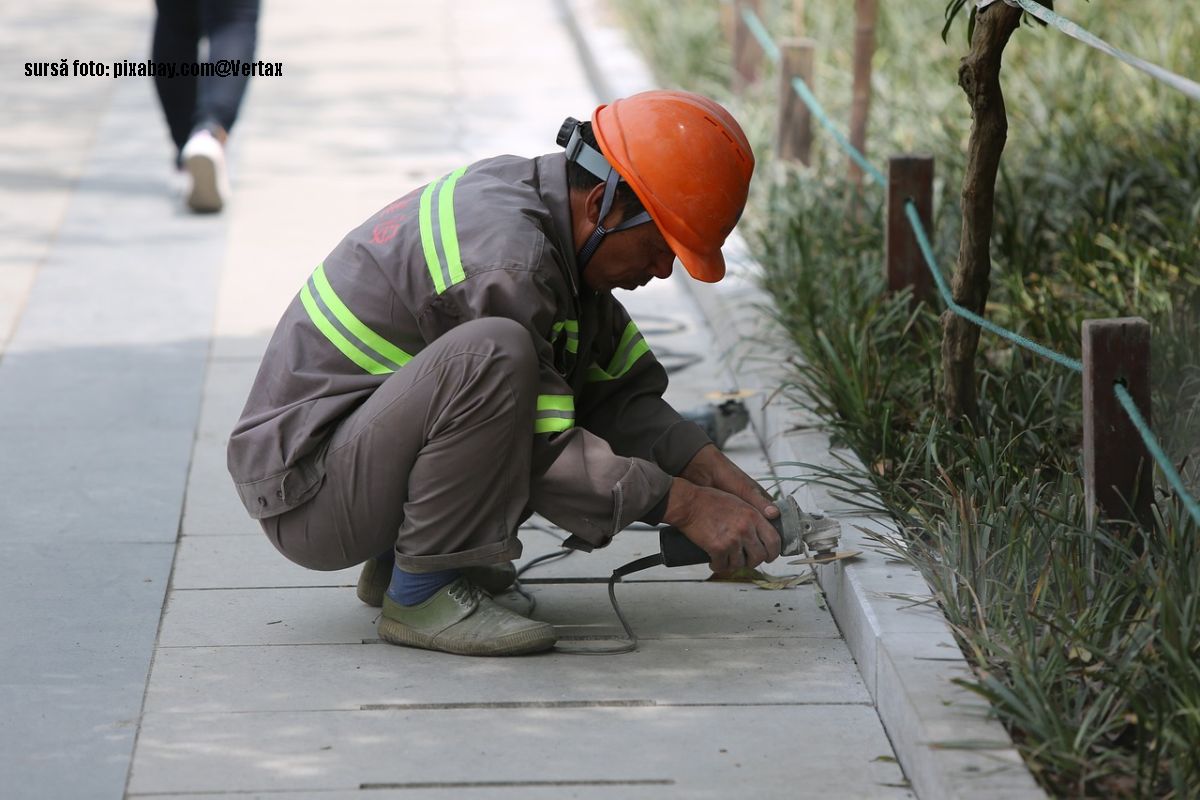Large-scale construction works and their impact on Romania’s still unspoiled traditional culture
Upstream Topolog river

Roxana Vasile, 13.07.2022, 14:00
A lot has been built in Romania in the more than 30
years that have passed since the outbreak of the anti-communist Revolution. However,
and more often than not, construction works were carried chaotically, at once being
blatantly misplaced, as tall apartment blocks were built in private residence
districts, new constructions cropped up nearby listed, historical buildings, or
shapes and colours, randomly chosen, simply took hold of the architecture of an
area. The disorder caused by all that is simply exhausting. Whether we speak
about the urban areas or the rural regions, the architectural chaos has mainly been
generated by the lack of a clear-cut system of standards in the construction
sector. Not to mentioned the fact that the authorities in right turned a blind
eye on the serious abnormalities perpetrated on the ground.
That being said, we invite you to meet the initiators of
the project themed Upstream Topolog river, Cristina and Paul Budan. For one
year running, the project’s stated aim was to undertake a study period, prior
to preservation, of the vernacular architecture of the southern part of Arges
County’s Topolog river’s upstream segment.
Why? Because a highway is soon to cross the region. Notwithstanding,
the Budan family would like that, at least for that particular segment, the good
points of the technical progress should not have a negative impact on the
specificity of the area. And, if that may not also be possible, at least the locals’
centuries-old way of life should be registered for posterity.
Cristina Budan is a teaching assistant with the
Faculty of Architecture as part of the Bucharest-based Ion Mincu University.
She has been explaining what the Upstream Topolog River project actually meant:
ʺThe project sought to map the entire upper
part of the Topolog river valley, in a bid to see what could be preserved of
that traditional architecture and attempt to carry a documentation of the valley,
to keep as much info as possible on that particular type of architecture, given
that a highway segment will cross the area. The Cornetu-Tigveni segment will
cut through the valley, and everything will change, most likely, as soon as
that happens. As we speak, the valley is rather quiet, as there is no major roadway
to cross it so it has been preserved in a very good condition, traditional architecture
was easy to preserve in the area as well. Infrastructure changes will surely alter
the structure of the villages, the development of the region, therefore it will
also have its impact on the built heritage.
What experiences, what revelations did the volunteers
have, who worked in large numbers for the mapping of the upper part of Topolog
River Valley?
Cristina Budan once again.
ʺAs I’ve said before, there
is no major road to cross the valley, to cut it through, so it has its own
peace and quiet, it does have its autonomy. What’s most interesting is that it functions
as a whole, it is closely-knit and living in that valley is something beautiful,
it is intertwined, since the locals there are owners of the house, the pasture,
the meadow land and through their daily activities, they somehow keep the place
together. That’s what we first liked very much about it! Then there are lots of
hypostases of the valley. The roads are spectacular, especially when you start losing
yourself in the lateral hills, the experience is very beautiful, that of
crossing the valley and how you get to reach those houses. And we found very
beautiful houses, they were hard to include into categories, we even had our difficulties
trying to trace several clear-cut typologies, since they are so varied in terms
of expression, so that was really difficult. We ran into very beautiful, porch houses,
of that classic typology we all associate with traditional architecture, but we
also ran into walled houses with very elaborate plastering, with very refined, complex
roofs…well, it’s all about a very rich expression we don’t seem to pay heed to,
unfortunately. It is very important for us to keep a database of all we have
now and the way the valley functions, together with those houses, which are
expressions of the place, after all. And we were also interested in creating a
database with the various expressions of those houses, what shapes those houses
can take, so that we can see howe much variety is, in fact, in the local
architecture.
For Paul
Budan, The Upstream Topolog river project has, apart from its practical importance, a psychological importance as well. A Bucharest city-dweller as he may be,
Paul Budan has its family roots in that valley. He spends his summers there, actually, and it is not at all indifferent to
him how the area will look like, after the highway will have been built.
ʺIt is hard to imagine such a
transformation. In a couple of years’ time the valley will most likely be a huge
construction site, but, when the highway is completed, and if possible, with
the help of the authorities, it will develop harmoniously, we hope, ideally
speaking, also taking into account the specialists’ opinion…maybe the reconditioning
of the river banks, maybe the reconstruction of certain pathways, of certain little
bridges, maybe the proposal of several local constructions, that also including
buildings which can be put to good use for the highway – parking areas, hotels,
guesthouses – which somehow can preserve the architectural specificity, at once
preserving a coherence of the valley. With the help pf the project, we believe
we could open a dialogue or we can bring together the local authorities and the
high-level ones, so that a dialogue proper can be initiated to that end, and
together, they can build the valley harmoniously, naturally. We hope we could
influence that valley for the better or have a beneficial intervention in that
process of change.
That outcome would be an ideal one, by all means. But
if that may not be the case, unfortunately, the outcome of Cristina and Paul
Budan’s initiative will be an exceptional work, where joining the two were also
in the Architects’ Order in Romania, the Village Museum in Bucharest, the Vine
and Tree Growing Museum in Golesti, Arges County, but also specialists in
history, sociology, geography, landscaping or volunteer workers, mostly
student-architects, but also architects who are on the job already. The results
of their works can be visited at petopologinsus.ro, on the project’s Facebook
page, but mainly in a book of an exceptional quality, content and design-wise,
a book which is always impressive in terms of size.
We’re well aware of the fact that
modernization is something necessary, we all want that to happen and the infrastructure
projects are necessary, we all know that. In a separate move, the way things are
being done matters a lot. First of all, the infrastructure project needs to be implemented
there with utmost care so that it should not dent the future development of the
region. What we do hope for, though, is for the project to come up with that promised
well-being and not take more than it could offer, from that particular place..
These were the final words of Cristina Brudan, a teaching assistant with the Faculty
of Architecture in Bucharest. We all want progress, but that should not happen
at all costs.
(EN)






























